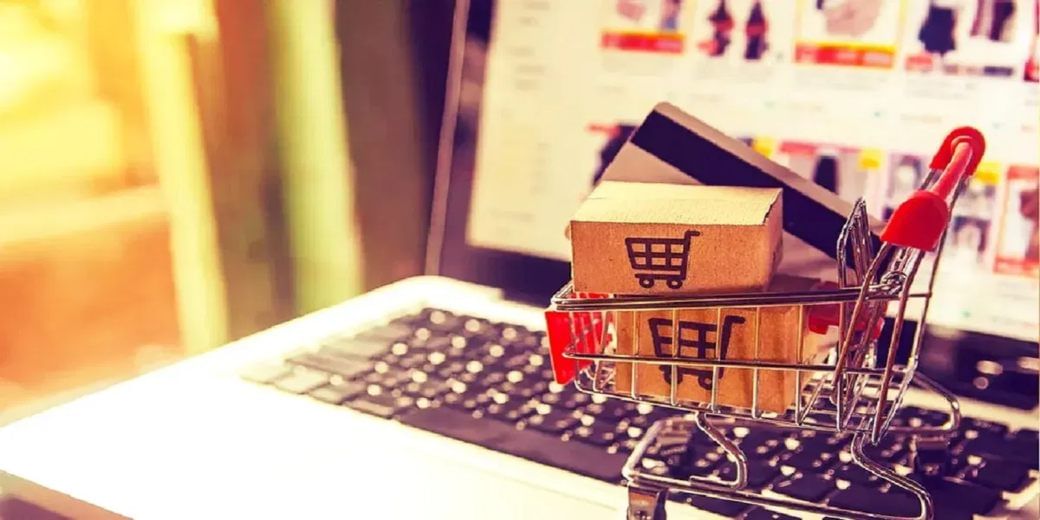Govt wants to know how much you spend online
The survey would also enquire whether citizens own an electric vehicle. The most comprehensive survey is going to capture how Indians are living and incurring expenditure over the internet.

It can be called the official statistician’s recognition. Nudged by the galloping and apparently irreversible online expenditure of Indians over all segments of goods and services, the National Statistical Office (NSO) has decided to include the amount citizens spend online, The Economic Times has reported.
Once every five years, the NSO conducts the Household Consumer Expenditure Survey (HCES) that offers extremely important consumption data for construction of economic metrics for calculation of inflation and gross domestic product.
For the first time, HCES is going to ask what citizens shop online, the time they spend online, the times they spend food online, the amount they spend on OTT. The survey would also enquire whether citizens own an electric vehicle.
In short, the most comprehensive survey is going to capture how Indians are living and incurring expenditure over the internet.
The survey is conducted in two parts. While the first part will end in June, the second part will be conducted next month.
While online expenditure and ordering of goods and food was growing down the years, the entire exercise received a shot in the arm during the pandemic when crores were confined indoors and had to depend on the internet for buying goods and entertainment.
Though the expenditure patten has swung back somewhat towards physical stores, a large number of people, especially the youth, have started permanently buying stuff online.
The survey will help policymakers to study the shifts in consumption pattern and come up with appropriate policy response, if any is needed. In fact, the survey might even trigger changes in such fundamental elements of policymaking such as relook at the inflation basket.
The current structure follows 2012 as the base year for the calculation for inflation and consumer basket. It is based on the survey of 2011. Some of the items used then have become technologically obsolete such as VCR, VCD or DVD. An economist at IDFC First bank told the newspaper that the share of services is reckoned to be 48% while the rest 52% is goods. The new survey might throw better light on the consumption divide between goods and services.
Significantly, the last time the HCES was conducted in 2017-18. However, it was discarded with officials citing